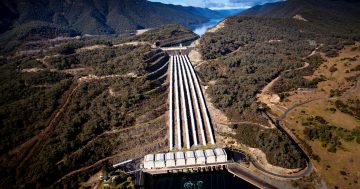IRELAND
 A new analysis of Ireland’s public sector pension scheme shows that costs will rise sharply in coming years while the contribution from workers will remain steady.
A new analysis of Ireland’s public sector pension scheme shows that costs will rise sharply in coming years while the contribution from workers will remain steady.
Figures from the Department of Public Expenditure found that costs to the Exchequer will rise from €3.4 billion (A$5.3 billion) last year to €5.3 billion (A$8.4 billion) by 2025, while the contributions from PS employees will stay about €1.6 billion (A$2.5 billion) per year.
By 2040, the cost will have reached €7.3 billion (A$11.5 billion).
Public Service pensions are financed out of current spending; however, pension contributions by workers amount to — at today’s levels — slightly less than half the total cost of pensions being paid out.
That proportion will fall sharply and, by 2025, contributions will be less than one-third of the cost of pensions, while by 2045, contributions will amount to less than one-fifth of the cost.
The report warns of the need to control recruitment because of rising costs and says further reforms could be introduced to limit pension increases to increases in the Consumer Price Index.
Historically, Public Service pensions have increased in proportion with pay grades, and any change would need to be negotiated with the public sector unions.
Currently, PS employees who retire with full service (40 years) receive a guaranteed pension of 50 per cent of final salary plus a once-off tax-free lump sum of 150 per cent of final salary.
Reforms to public sector pensions were introduced in 2013 that will significantly reduce benefits.
However, they apply only to PS staff who were recruited after that date.
In the case of a PS employee who retires with full service, the change will not come into effect until the mid 2050s.
Dublin, 21 July 2018











